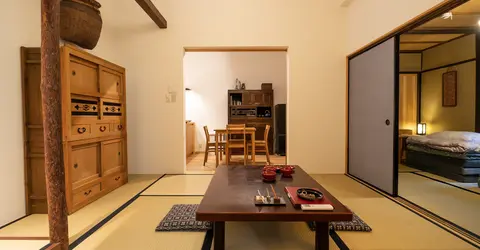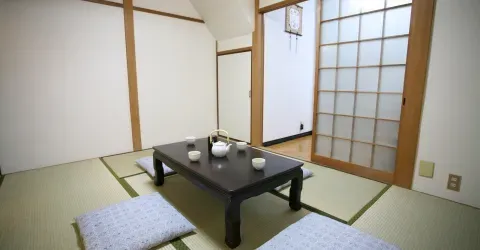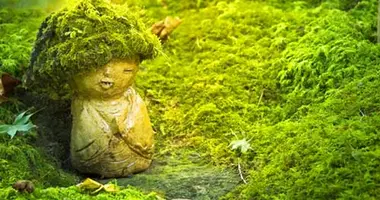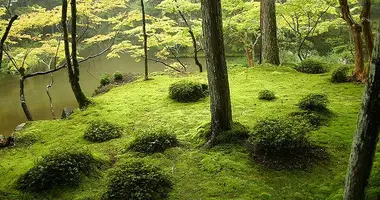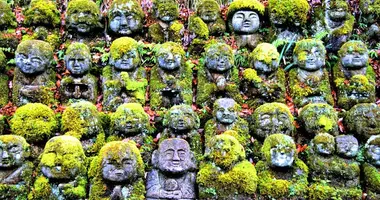Ninna-ji Temple 仁和寺
A Sea of Petals
Among the many temples of Kyoto's UNESCO World Heritage sites, Ninna-ji Temple is one of the largest. It has become famous throughout Japan for its cherry blossoms.
An Imperial Temple
Ninna-ji Temple has one common trait with many of Kyoto temples: its history is intimately linked to the imperial power. This story begins in the ninth century with the completion of the temple on the orders of Emperor Uda, who became the first abbot after abdicating at the age of 31. Thereafter, the abbots' sons of Ninna-ji Temple were all successive emperors.
For this reason the temple was known as the Imperial Palace Omuro, the name of the Buddhist school in which the temple had been given. Many buildings, including the main hall (Kondo), also follow the architectural style of the imperial palaces.
A Unique Temple Complex
We look in vain for memories of that time: the best current buildings date from the seventeenth century. Ninna-ji Temple, however, still offers the example of the great Buddhist temples built around a main hall, but with all around a myriad of small side temples lost in its gardens. Visitors can spend a long time having a very pleasant walk between the various temples.
However, the heart of the temple is its main hall and five-story pagoda. Also visit the goten or abbey palace, former residence of the abbots. The whole place is truly elegant, further enhanced by the gardens and artificial ponds of the Edo era. You will also find several tea pavilions there.
A Forest of Cherry Trees
The Ninna-ji Temple is located north of Kyoto, near the famous Ryoan-ji and Kinkaku-ji. For this reason, travelers usually visit these three temples in the same half day. Japanese visitors come mainly to see the famous black cherry temple, Omuro-zakura, a unique variety that only blossoms at the temple in the second half of April.
When the cherry blossom season comes, the temple grounds are transformed into a veritable sea of white and pink petals. The gardens are vast and the cherry trees plentiful, making this one of the largest cherry tree forest in Kyoto. It is naturally one of the recommended places to admire the cherry blossoms in Kyoto.






